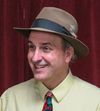Bank/Bar
Why Apollo, not Dionysus, adorns the front of a Richmond District bar in San Francisco.
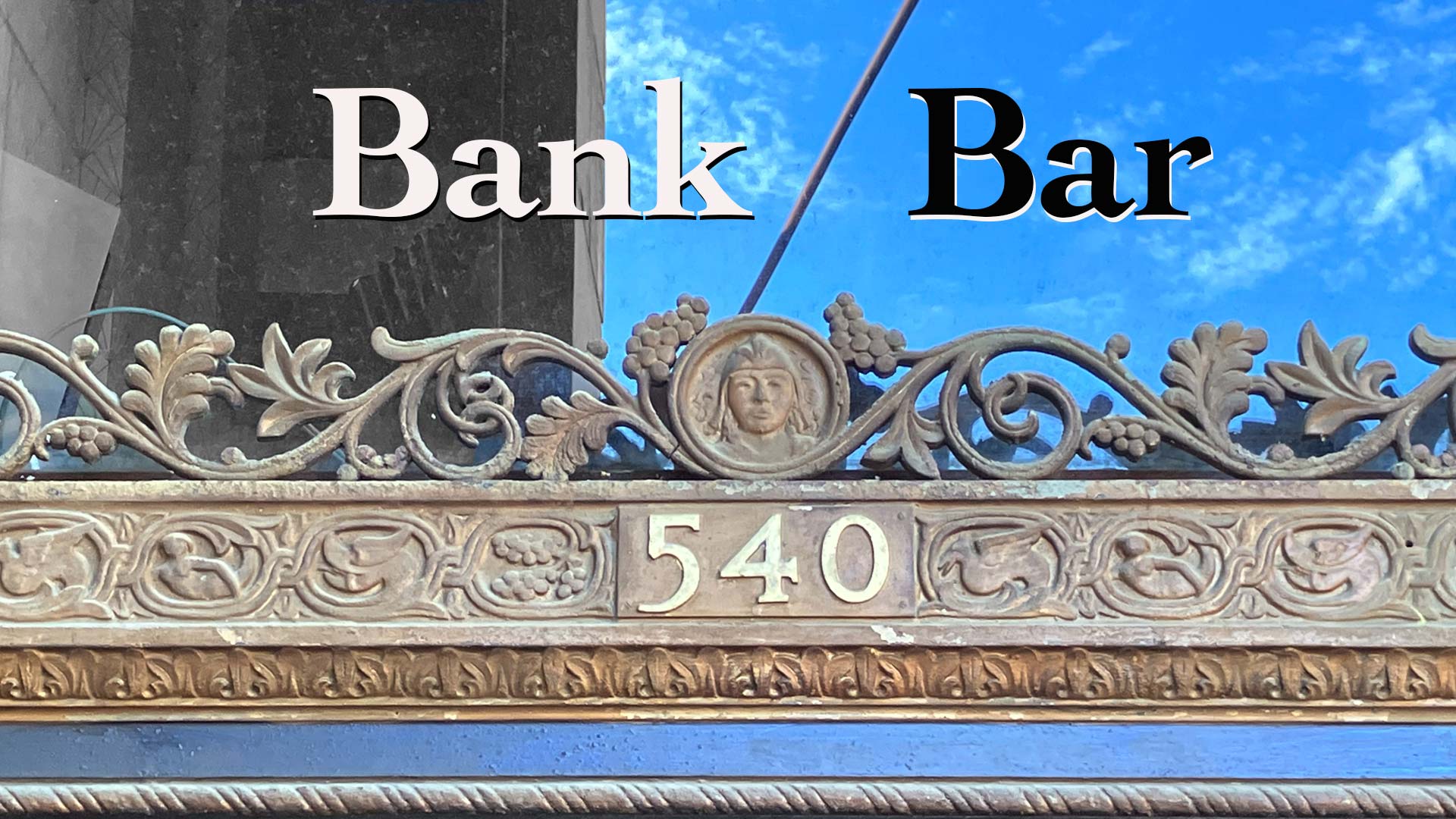
The Story of the 540 Club
Everyone was moving to California in the 1920s and everyone else was building houses for them. Or loaning money to make that happen. One San Francisco institution, Pacific States Savings and Loan, tripled its assets in just four years to become the 4th largest S&L in the country by 1927.
In 1928, riding the crest of the Roaring 20s, the growing corporation decided to elevate its profile by remodeling a two-story building on the 700 block of Market Street into a handsome new headquarters.
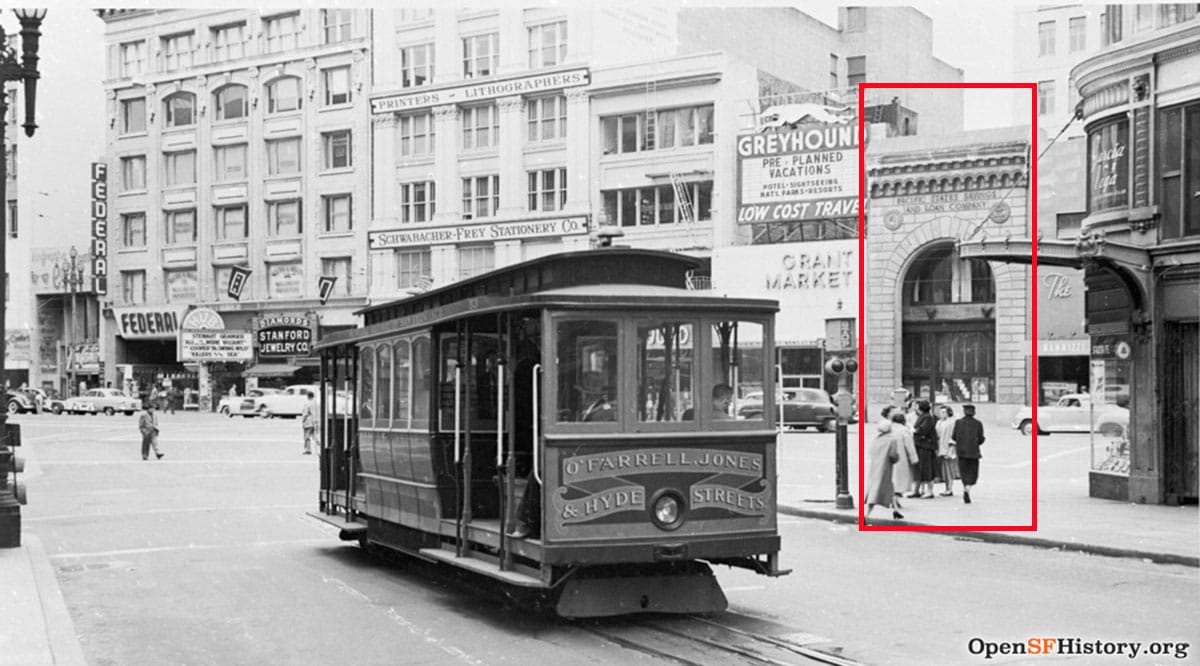
Architect Albert F. Roller came up with a “Florentine” facade of granite and a blondish Indiana limestone capped with a roof line of red clay tile. Above the arched entry, flanking the name of the savings and loan, were dual medallions: one with the profile of the Greek god, Apollo, and the other depicting a columned classical building, likely meant to represent the temple at Delphi.
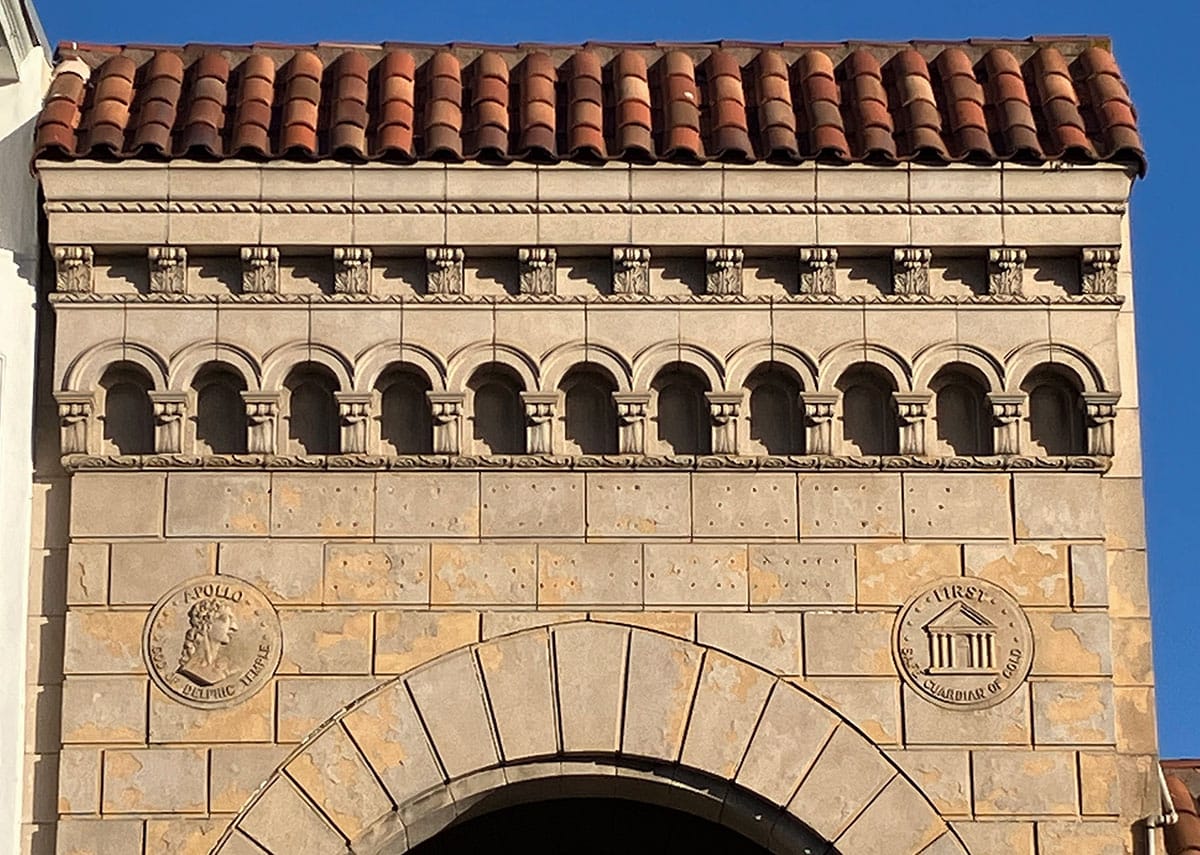
Around the coin-like reliefs read “Apollo, God of Delphic Temple” and “First Safe Guardian of Gold.” If you could trust Apollo, you certainly could trust Pacific States Savings and Loan with your money, right?
The bubble kept inflating month-by-month and in 1928-1929 Pacific States established branch offices in the Mission District (2630 Mission), the Western Addition (1530 Fillmore), and by late 1929, the Richmond District at 540 Clement Street—all with the same architectural motifs.
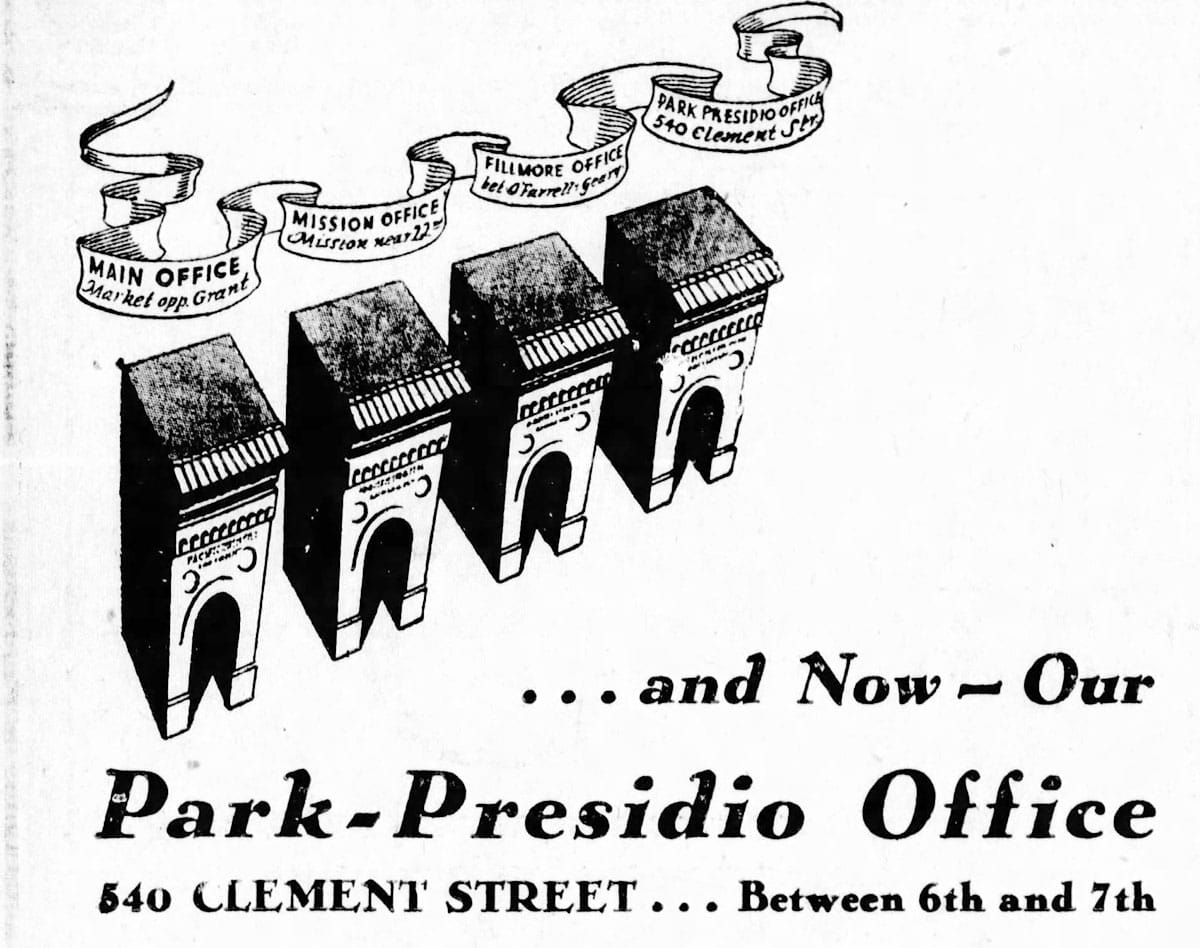
The Clement Street building was almost complete when Black Monday hit the stock market on October 28, 1929. The Dow Jones Industrial Average slumped 13% that day, then 12% on the next. When Pacific States Savings and Loan opened the doors of its Richmond District branch on November 30, 1929, the market had lost half of its value.
But open the branch did. Everyone who created a new account that day received a free fountain pen.
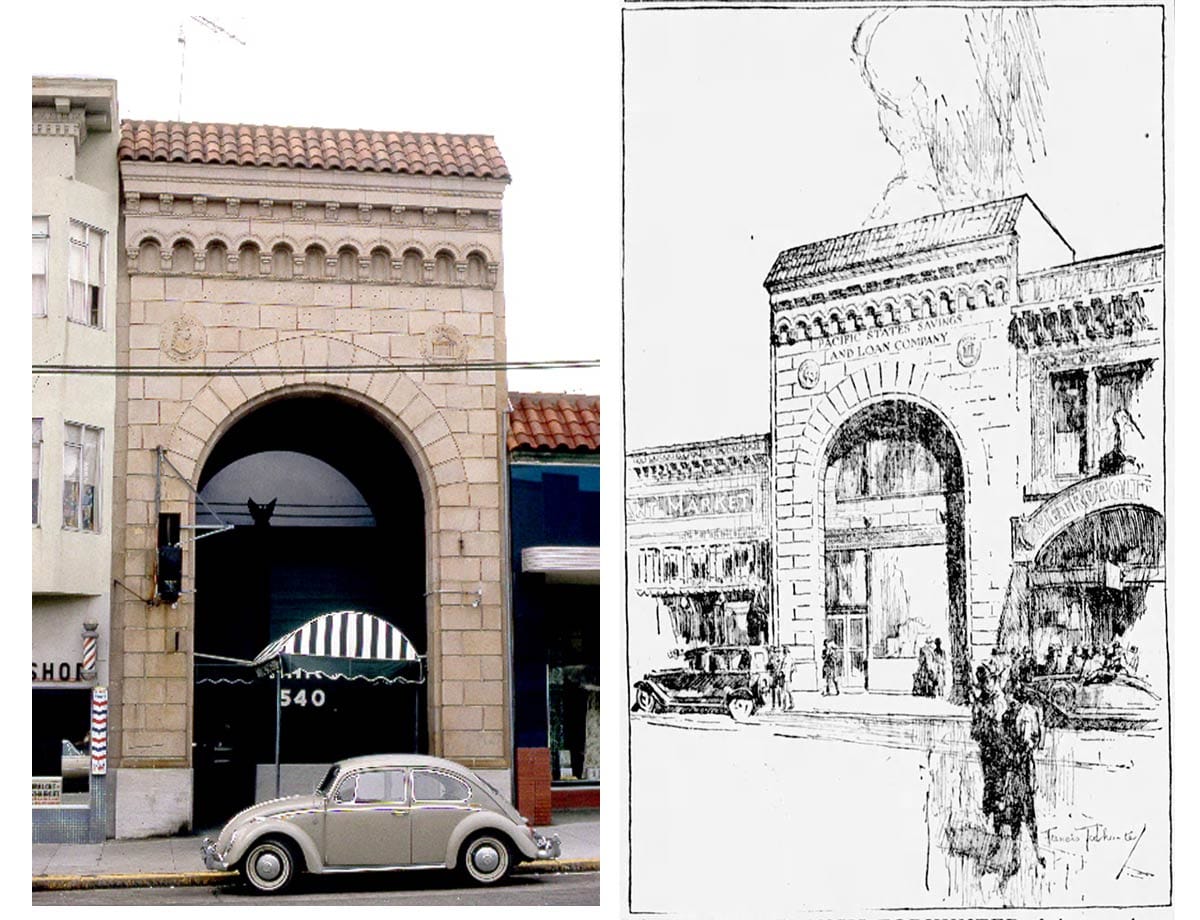
As the Great Depression set in, Pacific States Savings and Loan became stuck with thousands of surrendered and foreclosed properties nobody wanted to buy. New investors couldn’t be found, and old investors cashed out. Pacific States talked a big game, acting as if owning toxic properties made it richer—the “Largest Building and Loan Association in the Nation”—but the reality was grim.
No one was walking into neighborhood branches looking to take out building loans, so five years after Apollo began gazing smugly down on Clement Street, the safe inside 540 Clement Street was emptied out and the building turned over to one of the Depression’s more reliable businesses: selling alcohol.
The 540 Club
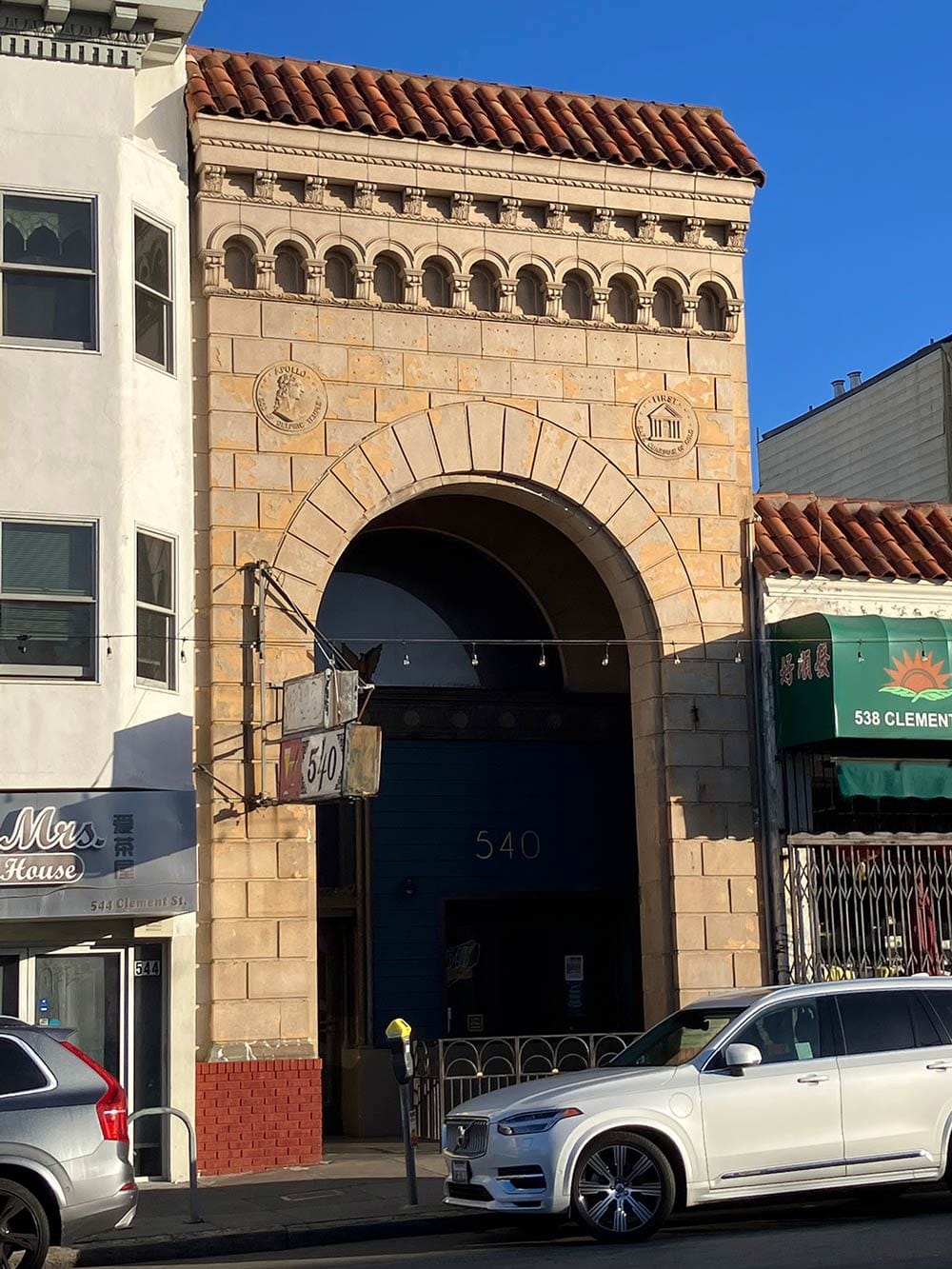
William and Ella Greely, who lived a couple of blocks away from Clement Street on 8th Avenue, were the pioneers who turned the bank into a bar. Prohibition ended in 1933 and the couple first showed up as liquor dealers at 540 Clement in the 1936 City Directory.
The couple didn’t do much to the outside of the building other than remove the old Pacific States’ lettering, leaving Apollo and his temple. The teller counter was replaced with a bar. A pool table was wedged into the former bank vault.
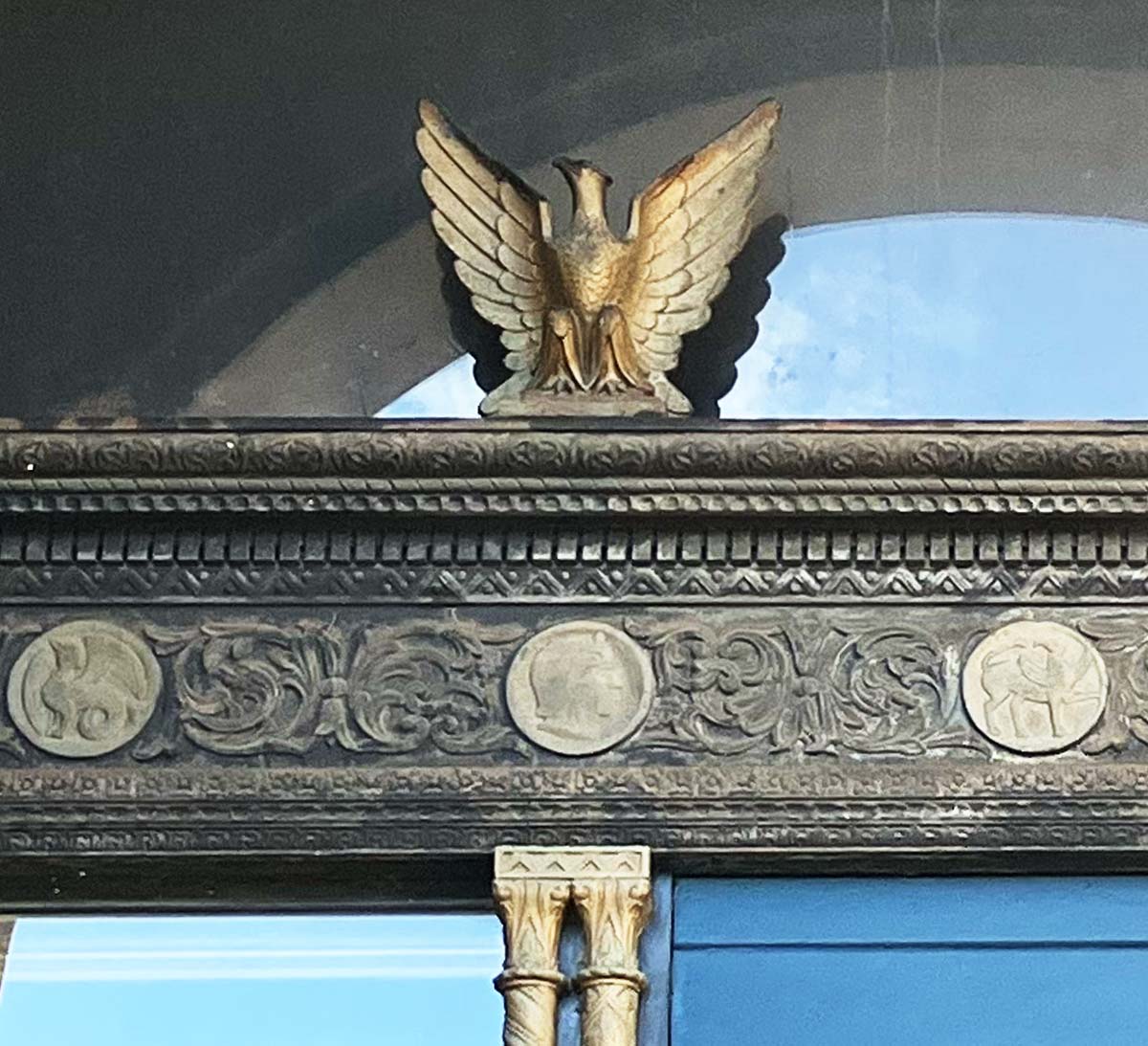
Meanwhile, the nation’s largest building and loan association was under investigation.
In 1939, California’s State Building and Loan Commissioner sent an agent to investigate Pacific States’ books. The bank’s president, Robert Odell, secretly directed employees to burn appraisals showing Pacific States was some $10 million short of its purported market value. To protect depositors, the state commissioner took possession of the business and assets on March 4, 1939.
After the Greelys, George Oberg, president of the Clement Street Merchants Association, owned the “540 Club” through World War II.
After Oberg died in 1947, his widow ran it for a while before turning it over to James Armbuster, who had the place for a quarter of a century.
There were a couple of name changes in the 1960s and 1970s, but 540 Club stuck in most people’s minds and “Max’s” was appended to the bar’s name (and today’s tenuously hanging sign) about 1977.

Like many watering holes of mid century America, the 540 Club was as much a community hub (for men, mostly) as it was a place to have a beer. There were basketball, baseball, and bowling teams, group picnics, and Christmas parties with Santa serving cocktails. I remember the late Pat Cunneen telling me that one of the owners used to show Hollywood movies in the cavernous space.
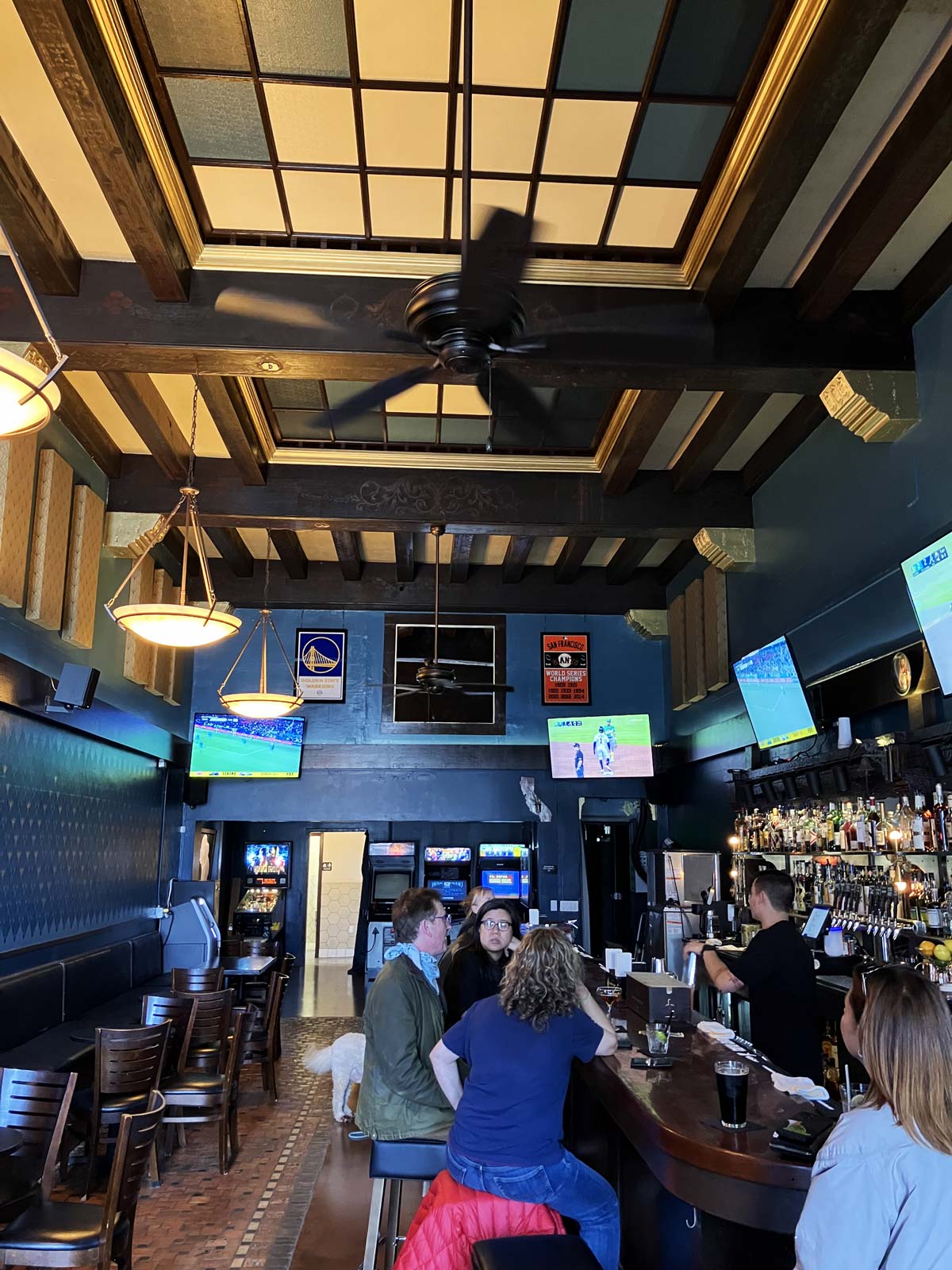
In the 1960s, owner Mike Chiechi told a newspaper columnist that “the bar image has changed. Instead of being ‘hovels of sin and corruption,’ we’re friendly, warm places to meet friends.”
Don’t kid yourself though. There were also professional drinkers. When I was a grade-schooler walking to Star of the Sea in the early 1970s, both Max’s 540 Club and O’Shea’s at 10th Avenue and Clement Street were open and pouring by 8:00 in the morning.
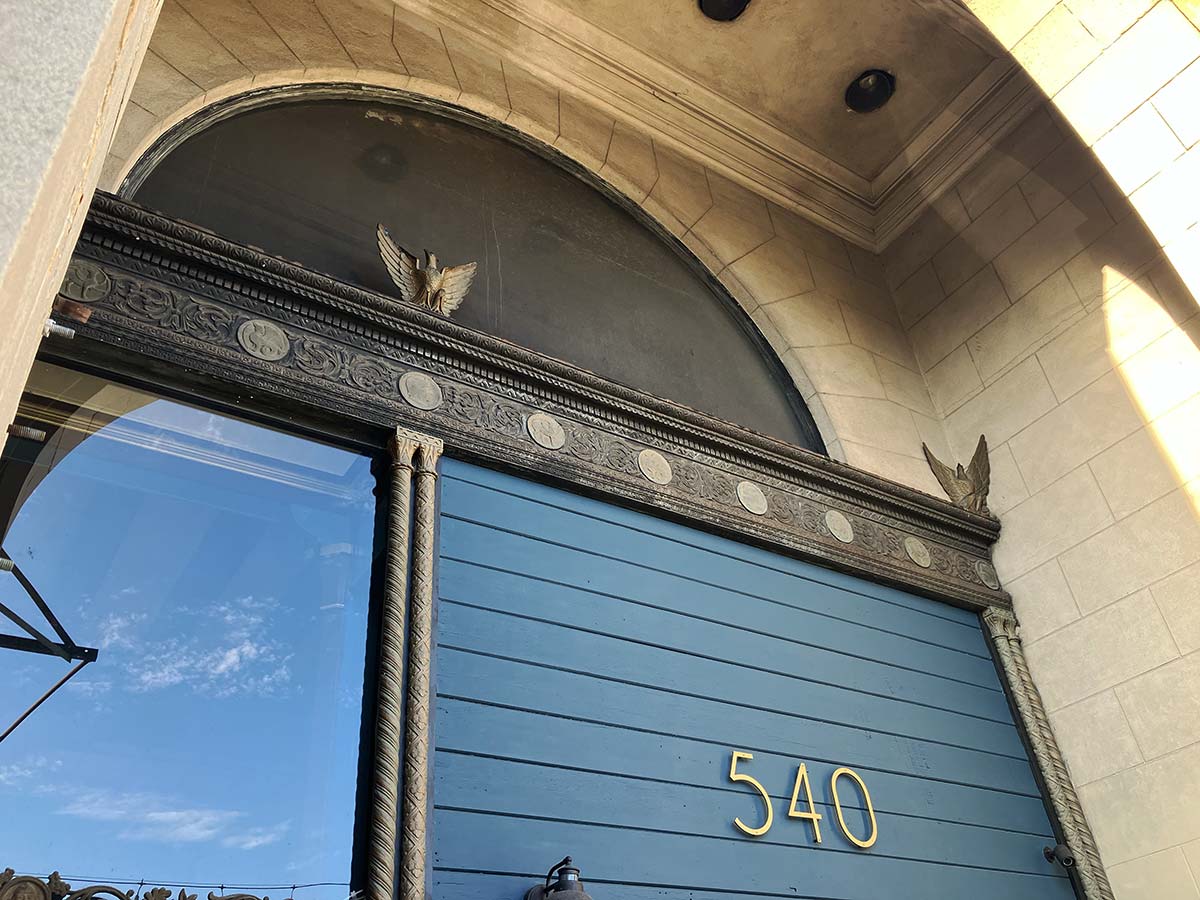
By the time I was of age in the late 1980s, Max’s was a cave mostly patronized by an older set of regulars. The bank-vault pool table required half-sized cue sticks. My friends and I were all about the new micro-brews (or at least Anchor Steam), but the only beer on tap at the 540 Club was Hamm’s. Somehow the dark and smoky interior did not conjure up the “Land of Sky Blue Waters.”
Hamm's commercial. I personally did not find it the beer refreshing...
Max’s 540 was always a good sports bar, but became far more interesting in the 21st century when Green Apple Books hosted author readings there.
I was worried about the 540 Club, especially during the pandemic. There had been a couple of ownership transitions and I girded myself for a hipster-remodel stripping the bar of its unusual and charming characteristics.
But thankfully four of the bartenders bought the place, cleaned up the old gal, and preserved its historical quirks, giving it the name 540 Rogues.
It is a brighter place. The golds, yellows, and bronzes of the coffered ceiling and the strange Mayan-inspired floor tiles can actually be seen now.
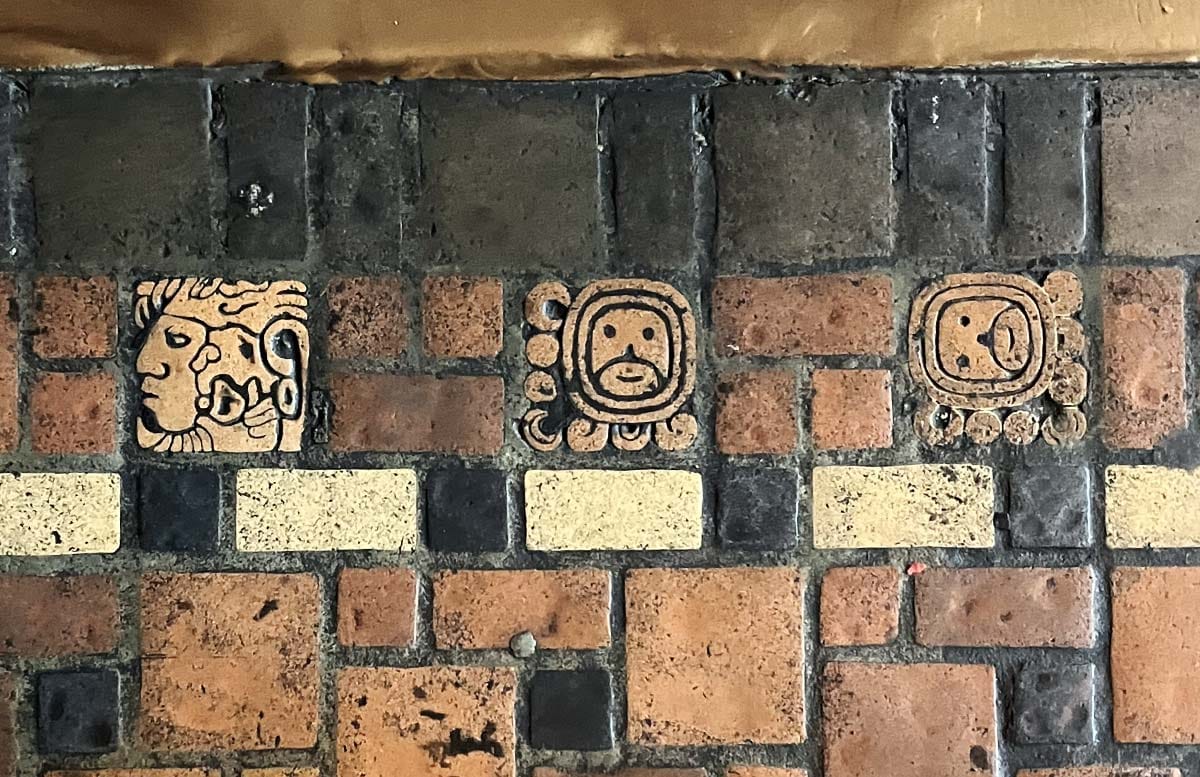
The “Florentine” facades of the other Pacific States buildings have been lost to demolitions or remodeling. Our Clement Street Apollo is the last of his kind, now tasked with safeguarding golden ales and silver bullets.
Woody Beer and Coffee Fund
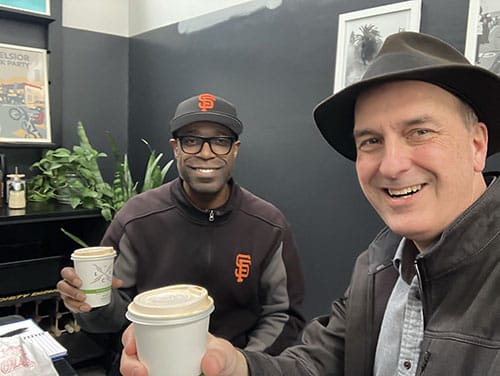
Thank to Ted B. (F.O.W.), I was able to buy Malik’s chai this week. Is it your turn to chip in to the W.B.A.C.F?
Yes, we should have hit the 540 Club... Maybe this week? Maybe you will come? Let me know!
Sources
Thanks to Nicole Meldahl at Western Neighborhoods Project for her research on the 540 Club!
“Marvelous Growth Shown by Pacific States Savings & Loan,” San Francisco Examiner, November 11, 1927, pg. 10.
“Pacific States Savings & Loan Co. Home to Be Finest in West,” San Francisco Examiner, March 17, 1928, pg. 10.
“Fourth Office in S. F. Opened,” San Francisco Chronicle, November 30, 1929, pg. 6.
“State Takes Over Huge Pacific States Savings and Loan,” San Francisco Examiner, March 5, 1939, pg. 1.
Merla Zellerbach, “My Fair City,” San Francisco Chronicle, December 7, 1966, pg. 45.
Stuart Schuffman, “The 87-year history of San Francisco’s booziest dive bar addresses,” SFGate, June 22, 2023.

